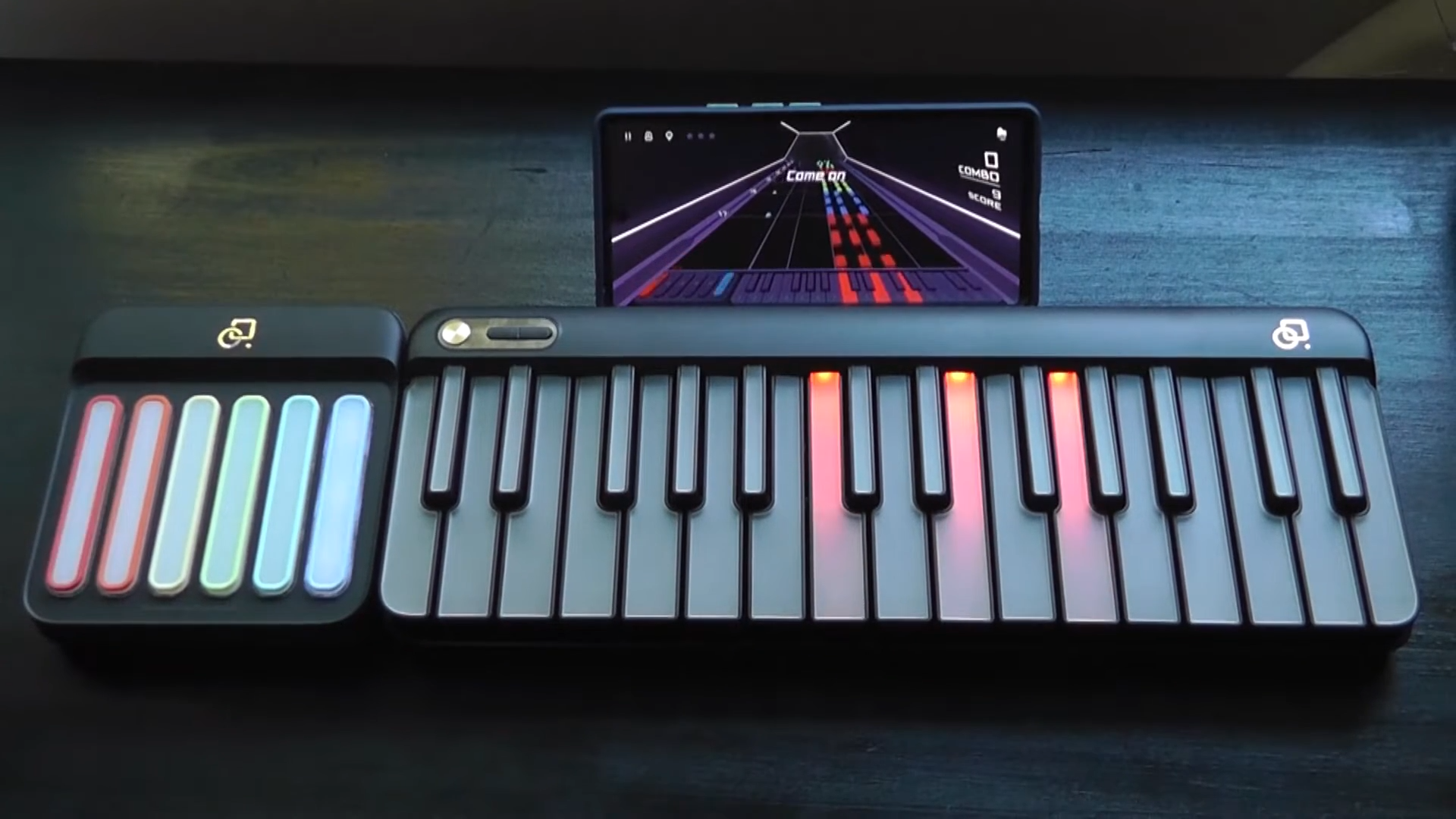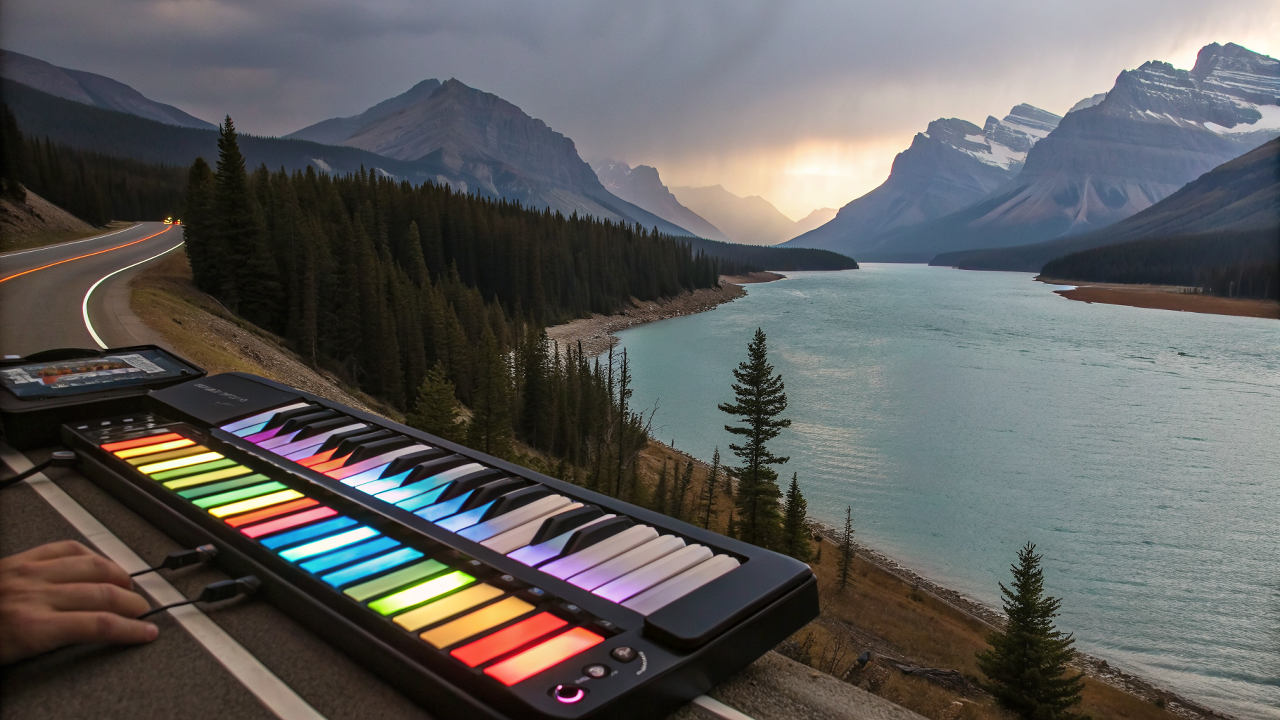
If you want the shortest path from “I’ve never played” to “I can play this song,” a lighted piano keyboard is the way to go. These smart instruments use piano keyboard light‑up keys to show you exactly where to put your fingers while the companion app slows songs down, loops tough bars, and even waits when you miss. In this guide, we’ll explain what to look for, compare the best lighted keyboard piano styles for different needs, and share our top pick for real‑world beginner success.
A light up keyboard piano is a compact digital keyboard that connects to a learning app. The piano keyboard light up keys illuminate the next notes to play—often across the full keybed—so you learn songs by doing, not by deciphering notation on day one.
If your goal is fast, fun progress, a light up piano keyboard for beginners beats a standard keyboard because it pairs guidance with real feedback.

1) LED quality & coverage
2) Learning app experience
3) Key feel & size
4) Portability & build
5) Connectivity
6) Room to grow

In plain terms: this isn’t just a light up piano—it’s a portable, modular system that grows from day‑one practice to on‑the‑go creation.

Rather than rattling off dozens of similar models, match your needs to the best lighted keyboard piano style:
Choose a smart portable piano with full‑key LEDs, an app that waits when you miss, and a built‑in chord workflow.
Look for clear follow‑lights, short sessions (gamified lessons), and slightly narrower keys that reduce strain. Parental win: silent headphone practice.
Top pick: PopuPiano (Kids mode + LED guidance + compact size)
Prioritize Chord Pad / one‑tap chords, lyric display, and simple left‑hand patterns.
Under‑2 lb modules, battery‑friendly, backpack‑ready dimensions.
Bluetooth/USB‑MIDI, stable feel, and fast idea capture.
|
Feature |
Smart Portable (PopuPiano) |
Typical 61‑Key Lighted |
Mini 32–37‑Key Lighted |
|
LED coverage |
Full‑key, multi‑color, high transparency |
Often partial or single‑color |
Varies; sometimes limited |
|
Learning flow |
Wait mode, loop, slowdown, songs, AI compose |
Basic lesson modes |
Basic follow‑lights |
|
Keys/feel |
7/8 width, 127‑level touch |
Full‑size; feel varies widely |
Mini keys; portable |
|
Portability |
Ultra‑compact, modular |
Medium (larger footprint) |
Ultra‑portable |
|
Creation |
Bluetooth/USB‑MIDI + Chord Pad |
Usually USB only |
Often USB only |
|
Upgrade path |
Add 24 keys + Chord Pad |
Fixed |
Fixed |
If you’re deciding between a traditional 61‑key lighted board and a smart portable piano, ask yourself: Will I practice more if it sits on my desk and takes 10 seconds to start? For many beginners, portability + guidance beats size.
This routine works on any lighted piano keyboard—and it’s especially smooth with a light up piano that supports looping and wait mode.
It’s a ramp, not a crutch. Use LEDs to map notes quickly, then gradually glance less at the keys while you add rhythm and dynamics.
For pop songs and practice, 29–49 keys are plenty. You can add the 24‑key expansion later—or choose 61 keys if you want more left‑hand range from day one.
No. Velocity‑sensitive keys help you learn musical touch without the bulk. If you pursue classical repertoire later, consider a weighted 88‑key digital piano as a second instrument.
They actually make early hand positions more comfortable. Your spacing adapts quickly if you move to full‑size keys later; rhythm, chords, and reading all transfer.
Yes—look for Bluetooth/USB‑MIDI. The PopuPiano doubles as a compact studio controller for sketching ideas in any DAW.
If you want to practice more, choose the instrument that removes friction. A lighted piano keyboard with clear LEDs, a friendly app, and real portability turns spare minutes into finished songs. For most beginners, the most balanced choice right now is the Smart Keyboard—a light up keyboard piano that helps you learn, perform, and create in one compact, modular system.
Read more

Smart Portable Piano: Best Compact Keyboard Guide
If you want an instrument you’ll actually play every day, a smart portable piano is hard to beat. It’s small enough for a desk, quiet enough for apartments, and thanks to guided lights and lesson a...

Best Keyboard Under $500: Affordable Piano Options
If you’re hunting for a keyboard under $500, good news: you don’t need a huge budget to start playing real music. The sub‑$500 range is perfect for first instruments, apartment practice, and portab...